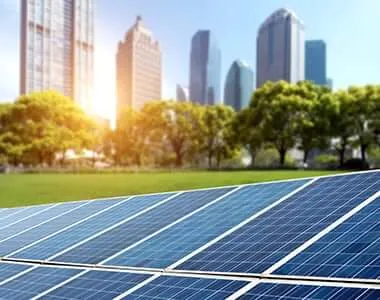Choosing the Right Solar Panels for Your Tiny House Energy Needs and Sustainability Goals
Solar Panels for Tiny Houses A Sustainable Choice
As the movement toward minimalist living gains momentum, tiny houses have captured the imagination of many looking to downsize, simplify their lives, and reduce their ecological footprint. A cornerstone of this lifestyle shift is the integration of renewable energy sources, particularly solar panels. Installing solar panels in a tiny house not only enhances energy independence but also complements the ethos of sustainability characteristic of tiny living.
Maximizing Space with Solar Energy
Tiny houses often come with space constraints, making energy efficiency paramount. Solar panels are an excellent solution for these compact dwellings, as they can be installed on rooftops, which are typically underutilized. The nature of tiny homes means that individuals are often seeking to maximize every square inch, and solar panels are relatively unobtrusive, maintaining the aesthetic appeal of the home while providing an essential function.
One of the significant advantages of solar energy is its scalability. Homeowners can choose a solar energy system that perfectly fits their needs—be it a small setup with just a few panels or a more extensive system with battery storage. This flexibility allows tiny house dwellers to create a bespoke energy solution that matches their lifestyle, energy consumption, and budget.
Reducing Utilities and Environmental Impact
Incorporating solar panels into a tiny house dramatically reduces electricity costs. Unlike traditional larger homes, tiny houses typically consume less energy, making solar energetic synergies even more pronounced. Many tiny house residents report significantly lower utility bills, often achieving near-zero energy costs after their solar systems are installed. Additionally, by harnessing solar power, homeowners contribute to the reduction of greenhouse gas emissions associated with fossil fuels, aligning their energy consumption with a more sustainable future.
solar panels for tiny house

Moreover, the maintenance costs for solar panels are quite low. Once installed, they require minimal upkeep, only needing periodic cleaning to ensure optimal performance. Even in urban settings where tiny houses are increasingly common, solar technology can be adapted to fit the environment, making it versatile and accessible.
Overcoming Challenges
While the benefits are compelling, it is important to also consider the challenges associated with using solar panels for tiny houses. Initial installation costs can be significant, although many financing options exist, including loans, grants, and tax incentives that can help alleviate the financial burden. Another challenge is the need for adequate sunlight exposure; thus, carefully selecting the location for a tiny house is crucial to ensure it maximizes energy production.
Additionally, integrating solar technology requires some knowledge about energy consumption and system capabilities. Tiny house owners should assess their energy needs before installation and possibly consult with solar energy professionals to ensure they choose the right system. Understanding how batteries work for energy storage, especially in off-grid situations, is also key to making the most of solar energy.
Conclusion
Solar panels are not just an accessory for tiny houses; they are a powerful enabler of a sustainable lifestyle. By providing clean, renewable energy, they empower residents to live autonomously while significantly reducing their environmental impact. With the combination of technological advancements in solar energy and a growing cultural appreciation for minimalist living, the future for tiny houses equipped with solar panels looks increasingly bright. Embracing solar energy within tiny homes represents a harmonious blend of innovation, sustainability, and personal freedom that resonates deeply in today’s world.
-
Unlocking Energy Freedom with the Off Grid Solar InverterNewsJun.06,2025
-
Unlock More Solar Power with a High-Efficiency Bifacial Solar PanelNewsJun.06,2025
-
Power Your Future with High-Efficiency Monocrystalline Solar PanelsNewsJun.06,2025
-
Next-Gen Solar Power Starts with Micro Solar InvertersNewsJun.06,2025
-
Harnessing Peak Efficiency with the On Grid Solar InverterNewsJun.06,2025
-
Discover Unmatched Efficiency with the Latest String Solar InverterNewsJun.06,2025







